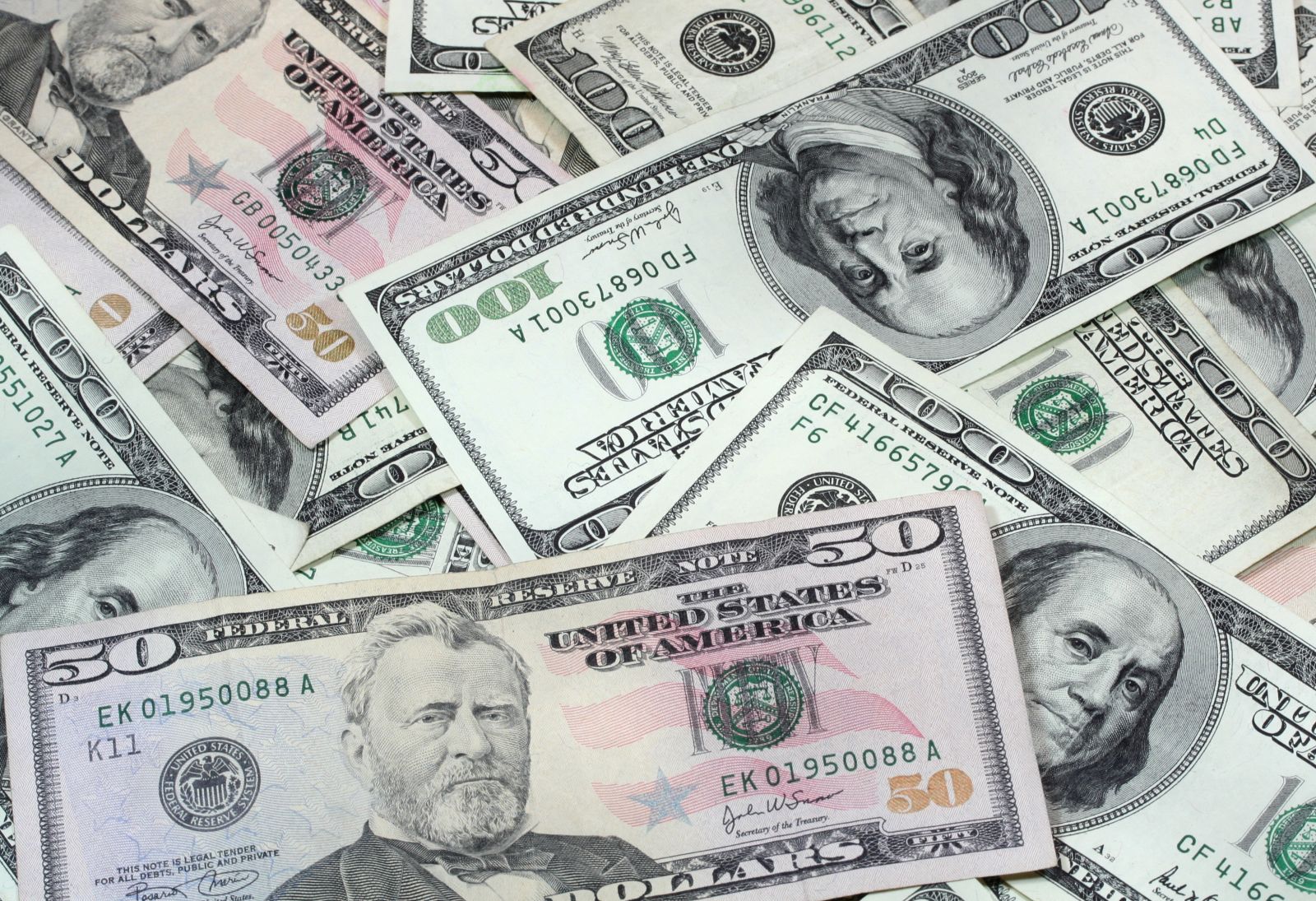
Financial institutions are the lifeblood of the global economy, serving as engines of growth and stewards of stability. At their simplest, banks function by paying interest on deposits and earning higher returns on loans - a seemingly straightforward business model. Yet, for financial behemoths like Bank of America (BAC) and JPMorgan Chase (JPM), commanding trillions in assets, the reality is far more intricate.
These institutions, vital to the economy, span personal and business banking, mortgages, commercial real estate, and the financial markets. Their fortunes soar in times of economic prosperity but often nosedive when crises strike, as seen during the 2008 financial meltdown fueled by subprime mortgages.
Even such giants can be embroiled in controversy, as witnessed at the World Economic Forum in Davos.
This year, Davos turned into an arena for political spectacle when President Donald Trump, addressing attendees via video, targeted BofA CEO Brian Moynihan and JPMorgan’s Jamie Dimon. He accused their banks of sidelining conservatives - a claim both institutions deny.
With BAC and JPM boasting double-digit gains and alluring upside to Street-high targets, should investors seize these dividend payers, divest while ahead, or strategically hold for potential future gains?
Bank Stock #1: Bank of America
Bank of America (BAC), with a $361.3 billion market capitalization, is a financial titan. Amid economic upheavals, BofA’s stock has faced the occasional stumble, but 2024 has been a different story. Returning 41% over the past 52 weeks, BAC is approaching its November high of $48.08. The gains outshines the S&P 500 Index’s ($SPX) 23.1% rally, proving its resilience and strength in the financial sector.
BofA has mastered the art of capital distribution, making its mark as a reliable dividend payer for over three decades. Consistently raising payouts for 11 straight years, the bank’s recent clearance of the 2024 stress test fueled an 8.3% hike in its quarterly dividend to $0.26 per share, with the latest payout on Dec. 27. Offering an annualized $1.04 per share dividend and a yield of 2.22%, BofA far exceeds the S&P 500 Index 1.18% yield.
But the bank has not stopped there. In August 2024, it greenlit a massive $25 billion share repurchase program, replacing its prior buyback plan. This strategic move underscores BofA’s commitment to maximizing shareholder value. With an eye on both immediate returns and long-term growth, this financial powerhouse rewards its investors while maintaining a formidable capital position.
BofA’s Q4 earnings results unveiled on Jan. 16 beat Wall Street’s estimates on both the top and bottom lines. Revenue totaled $25.3 billion, up 15% year over year, and EPS more than doubled to $0.82.
The secret sauce was a stellar performance in investment banking and net interest income (NII). Investment banking fees soared 44% to $1.7 billion, fueled by a surge in underwriting and advisory revenues. NII of $14.4 billion, up 3% annually, was bolstered by robust activity in its global markets business, fixed-rate asset repricing, and loan growth despite the drag of lower interest rates. The sequential spike came from favorable deposits and higher loan balances, cushioned by lower rates.
Its balance sheet remains resilient, with average deposit balances up 3% to $1.96 trillion and loans growing 3% to $1.08 trillion. Shareholders were also rewarded with $5.5 billion returned through dividends and share repurchases.
Looking ahead, BofA projects Q1 2025 NII to range between $14.5 billion and $14.6 billion, with a sequential rise expected in Q4 2025 to between $15.5 billion and $15.7 billion. With a foundation like this, BofA’s future seems poised for more growth.
Analysts tracking BofA anticipate the 2025 bottom line to grow 11.9% year over year to $3.67 per share, and rise another 16.6% to $4.28 per share in fiscal 2026.
In mid-January, Truist Securities’ John McDonald raised BAC’s price target to $53 per share, up $1 from his previous estimate, following the lender’s strong Q4 results. He maintained a “Buy” rating and tweaked profitability forecasts, lowering 2025 EPS by 1% while raising 2026 by the same margin. McDonald expects BofA’s share buybacks to increase significantly, from $14 billion in 2024 to $17 billion in 2025, and $24 billion by 2026.
BAC’s allure as a top pick continues to shine in the eyes of investors, remaining a darling among analysts. Overall, the stock has a “Strong Buy” rating from the 24 analysts covering BAC. Out of that, 16 suggest a “Strong Buy,” four advise a “Moderate Buy,” and the remaining four back a “Hold” rating.
The average analyst price target of $51.92 indicates potential upside of nearly 10.3% from the current price levels. The Street-high price target of $59 suggests that BAC stock could rally as much as 25.3% from here.
Bank Stock #2: JPMorgan Chase
JPMorgan Chase (JPM), founded in 1799, is a titan in global finance with a $748.4 billion market cap. Operating across over 100 countries, JPM serves millions of consumers, small businesses, and prominent global institutions.
Its diverse offerings span consumer banking, wealth management, corporate fundraising, and asset management. As a leader in investment banking and financial transaction processing, JPM excels under the J.P. Morgan and Chase brands, delivering unparalleled financial solutions to both individual and institutional clients worldwide.
JPM stock has soared 54.3% over the past 52 weeks, recently hitting an all-time high of $267.33.
JPMorgan’s commitment to rewarding shareholders is unwavering, boasting 28 years of dividend payouts and 14 consecutive years of increases. Following its 2024 stress test triumph, the bank raised its quarterly dividend by 8.7% to $1.25 per share.
The latest $1.25 payout, set for Jan. 31, 2025, reflects an annualized $5 per share dividend with a 1.88% yield, surpassing the SPY’s yield. With a conservative 24.32% payout ratio, the bank balances growth with shareholder returns, cementing its reputation as a reliable income generator in the financial sector.
JPMorgan delivered a stellar Q4 earnings report on Jan. 15. The bank’s shares surged, hitting a new 52-week high after the stronger-than-projected report. Its revenue rose 10% year over year to $43.7 billion, driven by a 17.5% rise in its Commercial & Investment Banking segment. Its EPS rocketed 58.2% annually to $4.81, bolstered by strong capital markets and mortgage banking activity.
In Consumer and Community Banking, JPMorgan continued its aggressive customer acquisition strategy, opening nearly 2 million new checking accounts. By year-end, the bank boasted $4 trillion in assets under management, marking an 18% increase, with a book value per share of $116.07, up 11%.
JPMorgan led the charge in Investment Banking (IB) fees, with a 49% jump to $2.48 billion (in its Commercial & Investment Banking), driven by substantial growth in equity underwriting, debt underwriting, and advisory fees. The bank's Markets division also thrived, benefiting from a volatile market environment, as trading revenues surged 21% to $7 billion. Fixed-income markets alone accounted for $5 billion, while equity trading rose 22% to $2 billion. With markets likely to normalize, JPMorgan’s vast scale positions it to weather any turbulence ahead.
Despite a 3% dip in NII due to interest rate cuts and deposit balance drops, JPMorgan remains optimistic. Management projects a recovery, expecting NII to reach $90 billion by 2025. As of year-end, JPM’s robust financial position included $469.3 billion in cash and deposits, maintaining top-tier ratings from major credit agencies.
Analysts tracking JPM predict EPS of $17.82 in fiscal 2025, with the bottom line projected to rise 7.4% to $19.13 in fiscal 2026.
After JPMorgan’s stellar earnings, UBS analyst Erika Najarian boosted the price target to $287, reaffirming a “Buy.”
Wall Street’s confidence in JPM is evident, as the stock has a “Moderate Buy” rating overall. Among the 23 analysts covering the stock, 12 are highly bullish with a “Strong Buy,” two advise a “Moderate Buy,” eight are playing it safe with a “Hold” rating, and the remaining one has a “Strong Sell.”
The stock currently trades at a premium to the average analyst price target of $264.59. However, the Street-high target of $330, raised by Barclays after its Q4 earnings release, suggests that the stock could surge as much as 24.1%.







